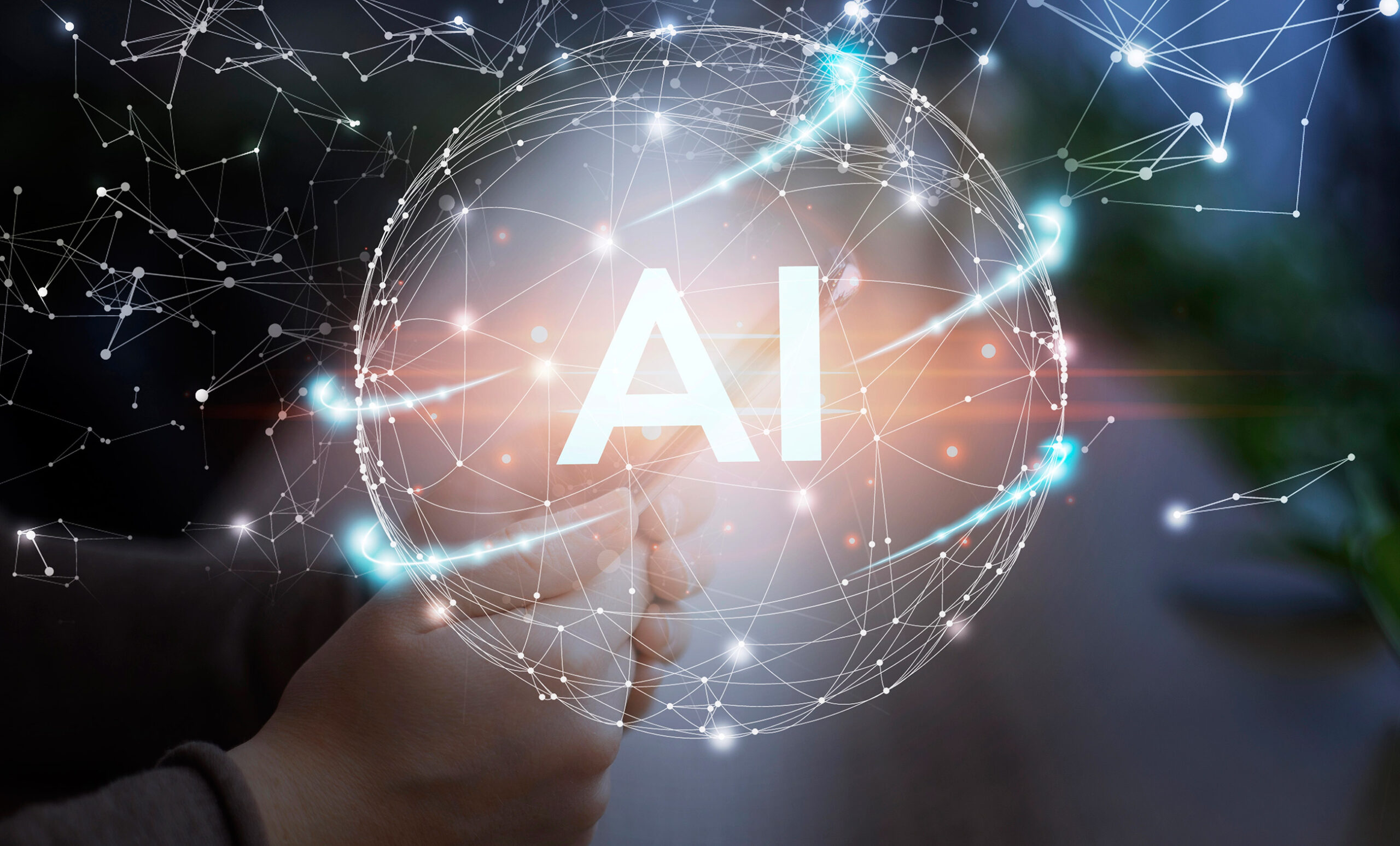I found an article recently that included an interview with Matt Cutts on the changes that Google wants to see in website content. The article is excellent reading but the author plugs his approach a wee bit heavy handed. The full article can be read here and it is worth…
-
-
Google on Duplicate and Scraped Content
This is an interesting video and deals with the issue of duplicate and scraped content. Google says clearly that content you grab from other sites that you do not add additional information to and scraped content do not add value for your users. In plain speak this means “we won’t…
-
Google on Website Spam
Watch this video from Google to see what Google specifically acknowledges is spam and may affect your organic placement. Nuggets from this video: Blog and forum comment spam can impact your placement on Google. Keep an eye on your comments look for small comments with links and links in a…
-
Errors Google Reports About Your Website Crawl Explained
Michael Wyszomierski of the Google Search Quality Team talks about errors that Google will report to you in the Webmaster Control Panel about the crawl and indexing of your website. My Comments There are two types of crawl errors they are site errors and specific URL errors. Site errors means…



